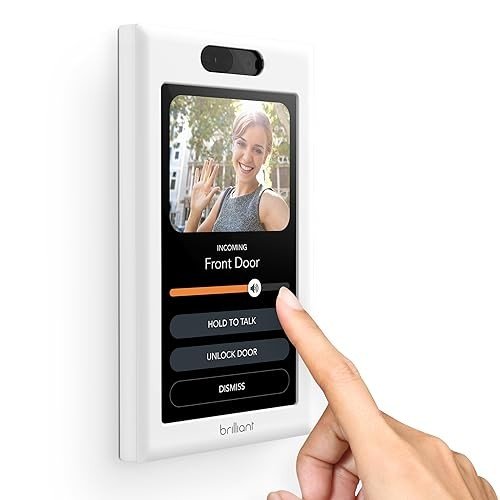Decorative Lighting in the UK: A Comprehensive Guide
In recent years, decorative lighting has actually taken centre phase in interior design throughout the UK. Property owners and decorators alike are significantly acknowledging the value of lighting not simply for functionality, however likewise for visual appeals. This short article delves into the various types of decorative lighting readily available, the most recent trends in the UK market, and useful pointers for selecting and installing the right lighting to improve different areas in homes.
Comprehending Decorative Lighting
Decorative lighting encompasses a broad variety of lighting fixtures that serve to boost the charm of an area while also supplying illumination. This kind of lighting includes a touch of design, character, and warmth to environments, creating moods and highlighting architectural functions. The crucial difference between decorative lighting and other kinds of lighting, such as task or ambient lighting, is that decorative lighting mostly intends to produce visual appeal.
Types of Decorative Lighting
There are different types of decorative lighting that property owners can pick from, including:
- Chandeliers: Often the focal point of dining areas or grand entrances, chandeliers are intricate lights with several bulbs and artistic styles.
- Pendant Lights: Suspended from the ceiling, pendant lights are available in different designs, making them appropriate for kitchens, dining areas, or living spaces.
- Wall Sconces: Mounted on walls, these fixtures can provide ambient lighting or spotlight specific areas, such as art work or architectural information.
- Table Lamps: Used on night table, desks, or side tables, they can vary from minimalist styles to elaborate artistic pieces.
- Floor Lamps: These flexible fixtures can fill empty corners while supplying both ambient and job lighting.
- Fairy Lights: String lights or fairy lights include a whimsical touch to both indoor and outdoor spaces, best for producing a welcoming environment.
- Neon Signs: An emerging trend, neon signs add a modern, urban style and are popular for home bars, games rooms, and personal areas.
Existing Trends in Decorative Lighting
The UK lighting market has seen numerous progressing trends that reflect customer choices and advancements in technology. A few of the popular patterns include:
- Sustainable Lighting: Eco-friendly alternatives, such as LED lighting, are progressively favoured for their energy performance and lower carbon footprint.
- Smart Lighting: Integration of smart innovations permits house owners to control their lighting through smart devices or voice assistants, offering benefit and adaptability.
- Vintage and Industrial Designs: The rustic beauty of vintage and industrial designs remains in vogue, as they can easily blend with both modern and traditional interiors.
- Geometric Shapes: Light fixtures including vibrant geometric shapes contribute to a contemporary visual that appeals to modern homeowners.
Choosing the Right Decorative Lighting
When choosing decorative lighting, it is essential to consider the following factors:
- Purpose: Determine the primary purpose of the lighting. Is it to produce a welcoming environment, highlight art work, or provide functional lighting for activities?
- Design: Carry out research to guarantee that the selected lighting complements the existing design and reflects individual design preferences.
- Size: Consider the scale of the space. Oversized fixtures can overwhelm small spaces, while small options might appear lost in larger areas.
- Placement: Think critically about where the fixtures will be installed, guaranteeing they are accessible and effectively brighten the intended locations.
- Energy Efficiency: Opt for energy-efficient LEDs whenever possible to save money on energy costs and contribute to sustainability.
Installing Decorative Lighting
As soon as decorative lighting options have been picked, appropriate setup is essential to accomplishing the wanted effect. Here are some standards to follow:
- Mounting Height: Ensure that chandeliers and pendant lights hang at a suitable height. They need to provide adequate light without obstructing views or motion.
- Layered Lighting: Incorporate different layers, including job, ambient, and decorative lighting, to produce balance and depth within an area.
- Dimmers: Installing dimmer switches can supply versatility in changing light intensity based upon activities and mood.
- Professional Assistance: For complex setups, it may be beneficial to hire a professional electrician to guarantee security and compliance with regional guidelines.
Decorative lighting uses a fantastic opportunity for homeowners in the UK to express their style while boosting the functionality of their areas. With a range of options offered, mindful consideration of elements such as style, size, and positioning can cause sensational results. As webpage continue to develop, individuals can remain on the cutting edge of decorative lighting design.
Often Asked Questions (FAQs)
Q: What is the difference in between decorative lighting and ambient lighting?A: Decorative lighting is mostly focused on aesthetic appeal, while ambient lighting offers basic illumination for an area. Q: How can I select the best size chandelier for my dining room?A: A typical guideline of thumb is to include the measurements of the room(
in feet)and use that number as the diameter of the chandelier(in inches ). Q: Are LED lights suitable for decorative lighting?A: Yes, LED lights are widely used
due to their energy performance, long life-span, and ability to come in various designs. Q: Is it needed to consult a professional for installation?A: While some setups can be done DIY, it's suggested to
speak with a professional for complex setups to guarantee safety and
compliance. Q: What materials are popular for decorative lighting fixtures in the UK?A: Common materials include glass, metal, fabric, and wood, each contributing to various designs and looks. By comprehending the different types of decorative lighting available, remaining informed about the current trends, and following essential standards for choice and setup, anyone can change their home into beautiful sanctuaries of light.

